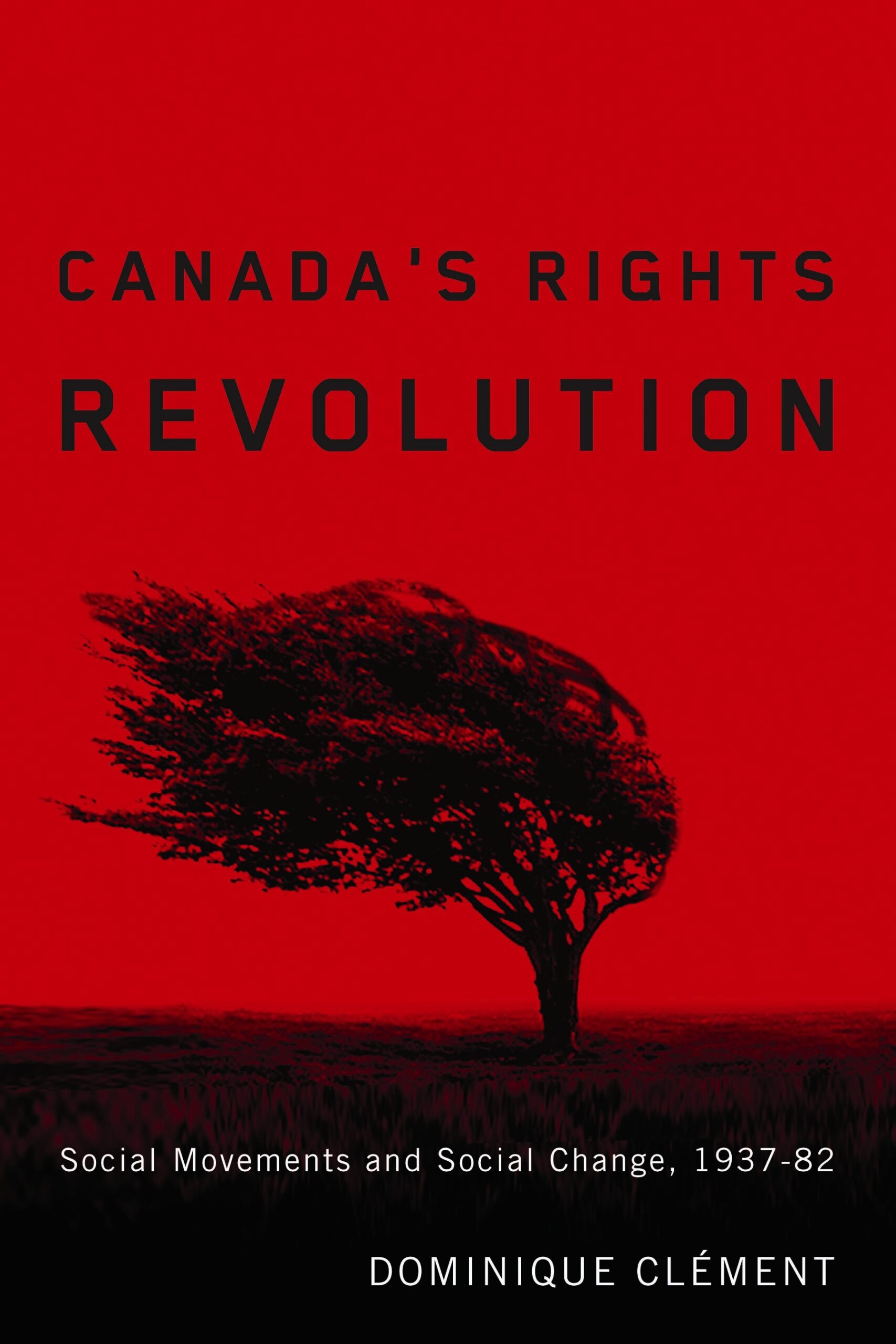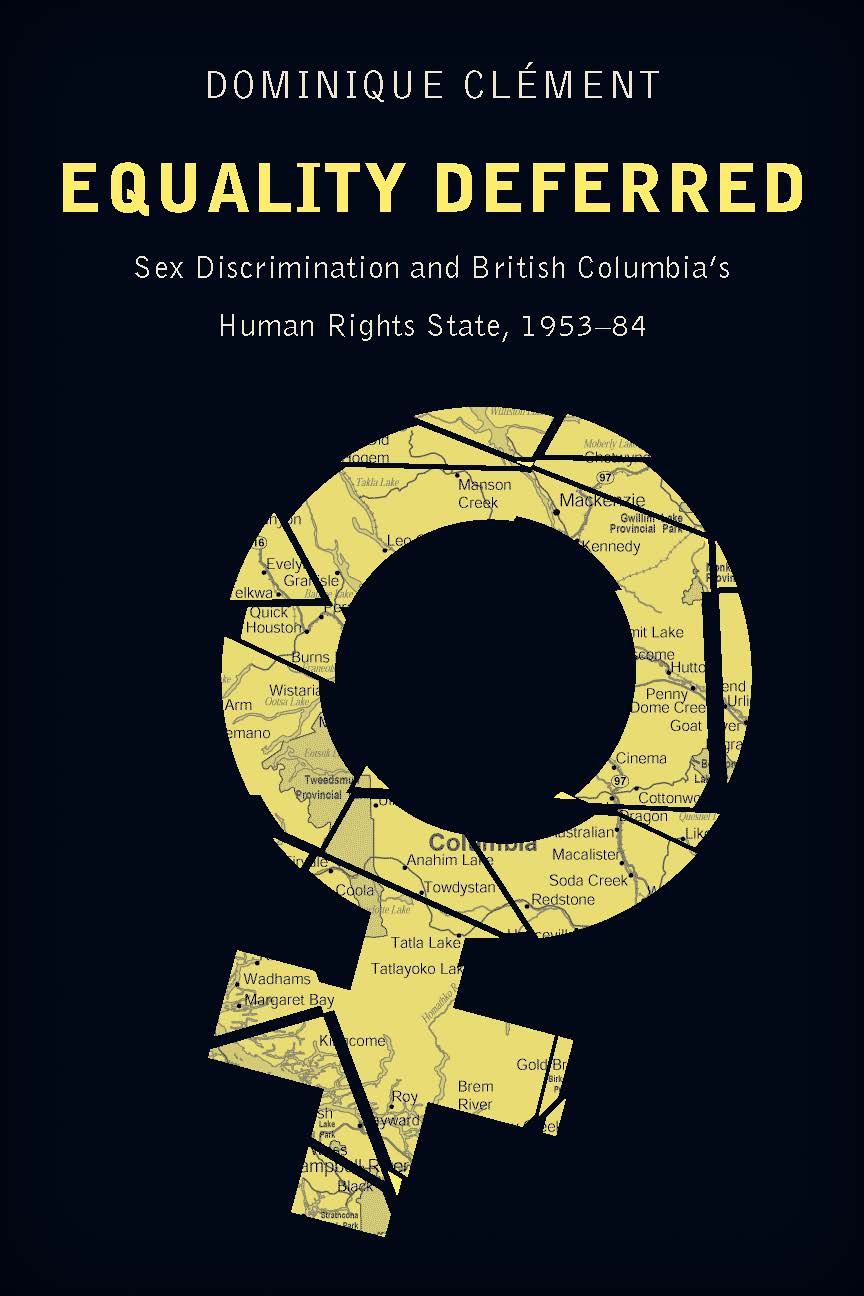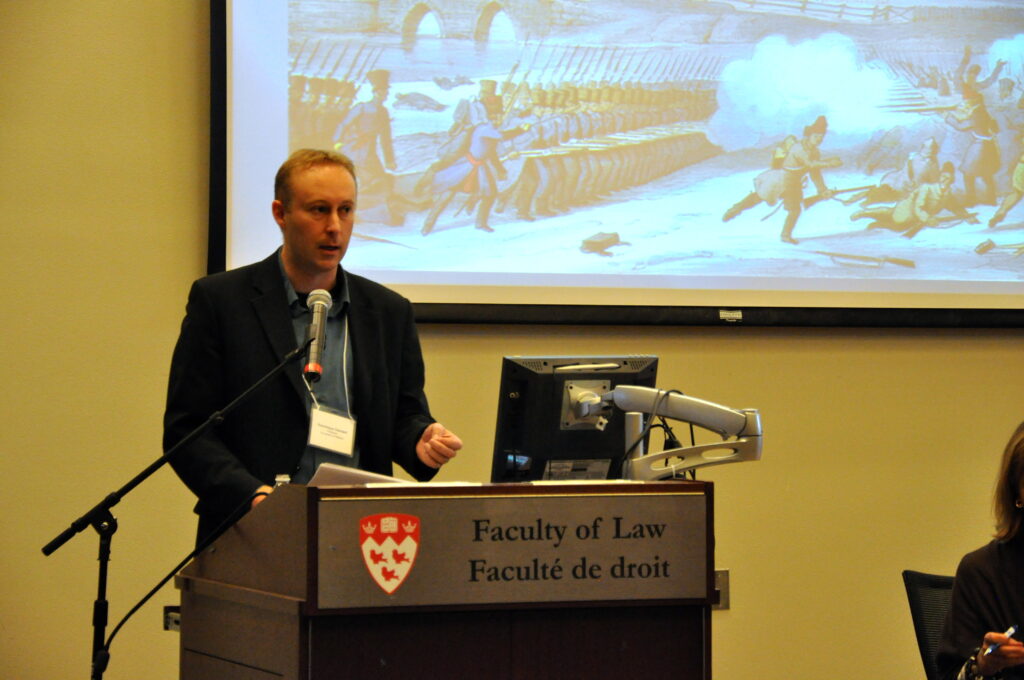The following excerpts appeared in a series of articles published in BC Studies, Canadian Historical Review, Canadian Public Administration, and Urban History Review.
Canada has one of the largest nonprofit sectors in the world. It accounts for at least 6.8 per cent of GDP and employs 12 per cent of the country’s working population (third overall after retail and manufacturing).
More than most other countries, the nonprofit sector in Canada relies on government funding.
The State Funding for Social Movements project used access to information laws and other tools to collect grants data from federal, municipal and provincial governments. We identified several concerning trends such as inequities in federal funding among jurisdictions; vast disparities in funding among provinces and municipalities; a lack of sustainable funding for nonprofits; and a funding landscape that privileges a small number of organizations.
There has been a significant increase in federal funding over time. Women’s issues received $55.8 million in 2014 alone compared to $17.3 million in 2000. Funding for the Indigenous peoples’ sector more than doubled from $450 million to nearly $1 billion. Federal funding for human rights, however, has declined while funding for environmental issues has increased only incrementally since 2000.
Ontario receives a vastly disproportionate amount of federal grants. From 2000 to 2014, organizations in these four sectors received $3.3 billion compared to less than $1 billion in Quebec.
In the women’s sector, nonprofits in Ontario were granted over $380 million, which was more than double the combined amount of funding in the every other province and territory in that sector.
There are notable disparities in federal funding for nonprofits among cities. Nonprofits in Winnipeg received less federal funding than Ottawa but far more than Toronto or Vancouver.
In the women’s sector, nonprofits in Toronto and Ottawa received more federal grant funding than the next fifty cities combined.
Disparities in public funding matter. The quality of essential public services, from employment training to sexual assault centres, are impacted by the availability of funding. Yet these services are as essential in Moncton or Regina as they are in Toronto.
The nonprofit sector relies primarily on provincial governments, which provide the bulk of funding for nonprofit organizations that provide public services. Most organizations are local rather than national. And provincial jurisdiction more often overlaps with the nonprofit sector.
Support for the nonprofit sector varies in Canada based on government priorities. In British Columbia, funding for the women’s sector has declined while the number of grants to Indigenous peoples’ organizations have increased exponentially since the early 2000s.
Funding for women’s issues in Nova Scotia has been double the level of funding for environmental or Indigenous peoples’ issues in most years since the 1970s.
There is a remarkable disparity in funding among municipalities in BC. Vancouver distributed more grant funding between 2006 and 2017 than our sample of 20 other municipalities in British Columbia ($276,574,783 compared to $171,637,696). In other words, the nonprofit sector in a city of 631,486 people had access to almost double the amount of funding from twenty other cities with a combined 1,786,885 inhabitants spread over a vastly larger region.
Halifax dominates the funding landscape in Nova Scotia.
Vancouver distributed three times more funding to the nonprofit sector in 2014 alone ($31 million) than the combined $9 million in grants distributed in Halifax between 1960 and 2014 (or $22 million if adjusted for inflation in 2014 dollars).
There is an extreme level of concentration in government funding for the nonprofit sector in Canada. Between 2004 and 2014, among all three levels of government, more than 50 per cent of grant funding went to approximately 4 per cent of all recipients.
Few nonprofits received annual grants. Moreover, there are significant disparities in the level of funding. The median grant from 2004 to 2014 was $70,734 in British Columbia and $34,937 in Nova Scotia. The median federal grant, in contrast, was $320,000. Funding was especially meagre among municipalities: $13,000 in Vancouver and $4000 in Halifax.
Municipalities in Canada provide more funding for the nonprofit sector than the federal government. Yet there is no research on municipal funding practices that includes data on grants.
Nonprofit organizations are an essential feature of urban life. Libraries, churches, hospitals, museums, arts and cultural centers, advocacy organizations, or sport and recreation groups are an indelible component of urban communities. Many of these organizations rely on government funding.
In Canada, municipal governments provide more funding for the nonprofit sector than the federal government. It is a crucial yet often overlooked aspect of municipal governance. Most studies focus on the federal and provincial governments.
Municipalities are indispensable to the public funding ecosystem for the nonprofit sector. In fact, amidst the unpredictability of provincial and federal funding in recent years, municipal funding has continued to increase over time.
Using grants data from 21 municipalities in British Columbia, our research shows how the overall amount of municipal funding increased most years between 2006 and 2017. Funding in Squamish, for example, increased 282 per cent while funding in Port Moody skyrocketed 620 per cent. In Powell River, grant funding was $75,071 in 2006 and over $1 million in 2017.
Grant funding was at least 50 per cent higher over ten years in most municipalities. Vancouver distributed $26.3 million in grants in 2017 alone.
Public funding for nonprofit organizations serves a mutually beneficial function. Nonprofits provide critical public services, advocate for social change, and offer community input for public policy. Governments, in turn, use nonprofits as a low-cost alternative to provide public services and to advance state policy.
One of the reasons why there are no studies on municipal funding for the nonprofit sector is the immense challenges in collecting data.
Federal and provincial information on transfer payments to non-governmental organizations is available through an annual publication titled Public Accounts. More recent data is also available through centralized online portals such as Open Canada or DataBC.
There is no common practice among municipalities for reporting grants. Some have been releasing information on grants in their annual reports since the 1960s while others have only shared this information in recent years.
Our study of British Columbia alone included 14,902 grants totalling $448,212,479 for the years 2006 to 2017 from 21 municipalities. They represent a diversity of population sizes, from 4986 people in Duncan to 631,486 in Vancouver.
Municipalities have had a profound impact on the nonprofit sector. At least 3337 organizations have received a municipal grant from these 21 municipalities alone between 2006 and 2017. In a province where, according to Statistics Canada, there were 20,270 nonprofit organizations in 2003, it is likely that a significant number of these organizations – if not a majority – have at least once benefitted from municipal funding (there are 162 municipalities in British Columbia).
Symphonies, museums, art galleries, transition homes, Indigenous friendship centres, theatres, heritage foundations, and business improvement organizations among others have regularly received, if not relied upon, municipal grants.
Rather than support a diversity of nonprofit organizations, more than half of municipal funding was for arts, culture, heritage, economic development, and recreation. Every municipality prioritized these five sectors. Other sectors, such as health, environment, housing, advocacy, or religion received far less grant funding.
Funding is concentrated among a small number of organizations. Fifty per cent of all funding in each municipality (except Vancouver) went to ten or fewer organizations. In some municipalities, the number of recipients even declined while the amount of funding increased over time. Vancouver’s experience was the most extreme among municipalities. Fewer than five per cent of recipients received more than 50 per cent of all municipal funding.
Thirdly, municipalities rarely provide sustaining funding for nonprofit organizations. The median grant in Vancouver in 2017 was only $17,304. And it was by far the most generous. In seventeen municipalities, the median grant was under $7000 (some as low as $1500). The median varied considerably in the other four municipalities, from $9850 in Campbell River and $10,000 in Prince Rupert to $31,500 in Chilliwack.
In six municipalities, the median actually declined or remained the same over twelve years. Although there was an overall increase in the median grant over twelve years this was, nonetheless, insufficient to provide sustaining funding, especially for organizations operating in cities with high operating costs such as Kamloops, Kelowna, Vancouver, or Victoria.
Few organizations received grants every year. Less than 9 per cent of organizations received a ten or more grants over twelve years. These factors would have made it difficult for most community service organizations to thrive unless they could secure alternative sources of funding.
Municipalities rarely support organizations committed to social change. To be sure, advocacy organizations such as the Vancouver Area Human Rights Coalition, Together Against Poverty (Victoria), and Community Partners Addressing Homeless (Prince George) have received municipal grants. Still, this was uncommon. When these types of organizations have secured funding, it was most often small grants of no more than $5000 to $20,000.
Our research also revealed how funding varies dramatically among municipalities. Victoria distributed $3.7 million in grants in 2017, which was significantly higher than municipalities with larger populations such as Kamloops ($2.9 million), Kelowna and Nanaimo (less than $2.5 million). Vernon also provides far less funding compared to municipalities that are much smaller. But Vancouver is the most indicative of the disparity among municipalities.
Vancouver distributed more grant funding between 2006 and 2017 than the other 20 municipalities combined ($276,574,783 compared to $171,637,696). In other words, the nonprofit sector in a municipality of 631,486 people had access to almost double the amount of funding than twenty other municipalities’ combined 1,786,885 inhabitants spread over a vastly larger area.
The 21 municipalities in this study included: Burnaby, Campbell River, Chilliwack, Duncan, Esquimalt, Kamloops, Kelowna, Kitimat, Nanaimo, Penticton, Port Moody, Powell River, Quesnel, Saanich, Prince George, Prince Rupert, Squamish, Vancouver, Vernon, Victoria, and Williams Lake.
Arts, Culture, Economic Development, Heritage, and Recreation were coded as follows: Arts – festivals, symphonies, art galleries, theatres, music and concerts, and dance organizations. Culture – cultural centres, publishing, or community cultural groups as well as the Science World, Space Centre, and Aquarium in Vancouver. Economic Development – the Chamber of Commerce or business associations. Heritage – museums and historical societies. Recreation – athletic associations, sporting events, or social clubs such as the Boys and Girls Clubs.




